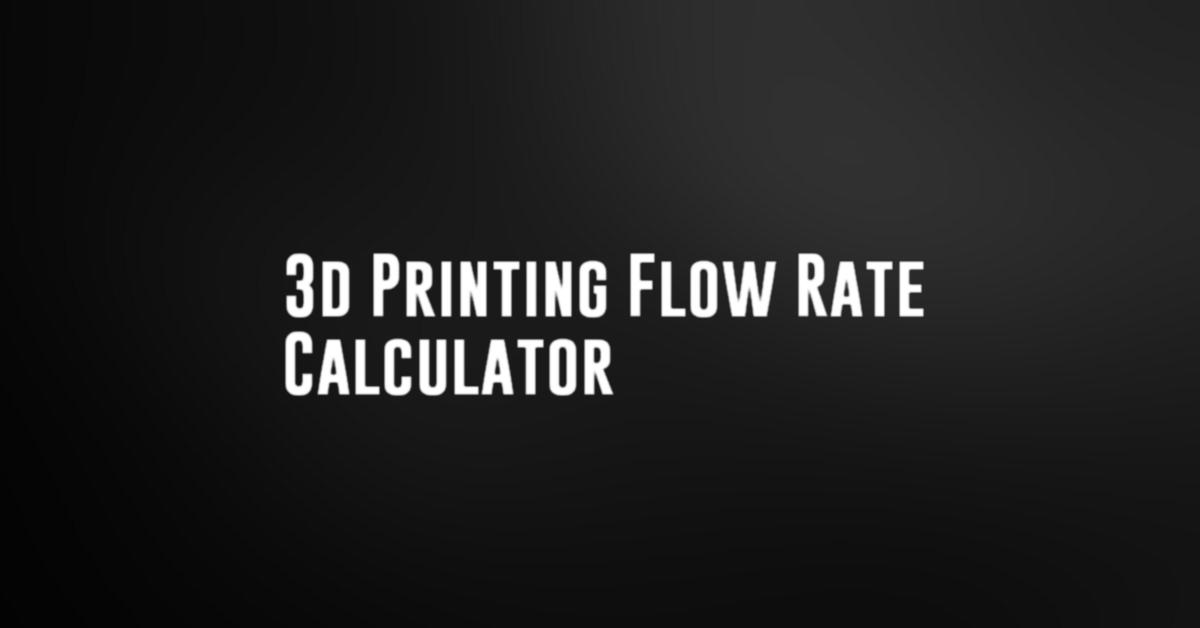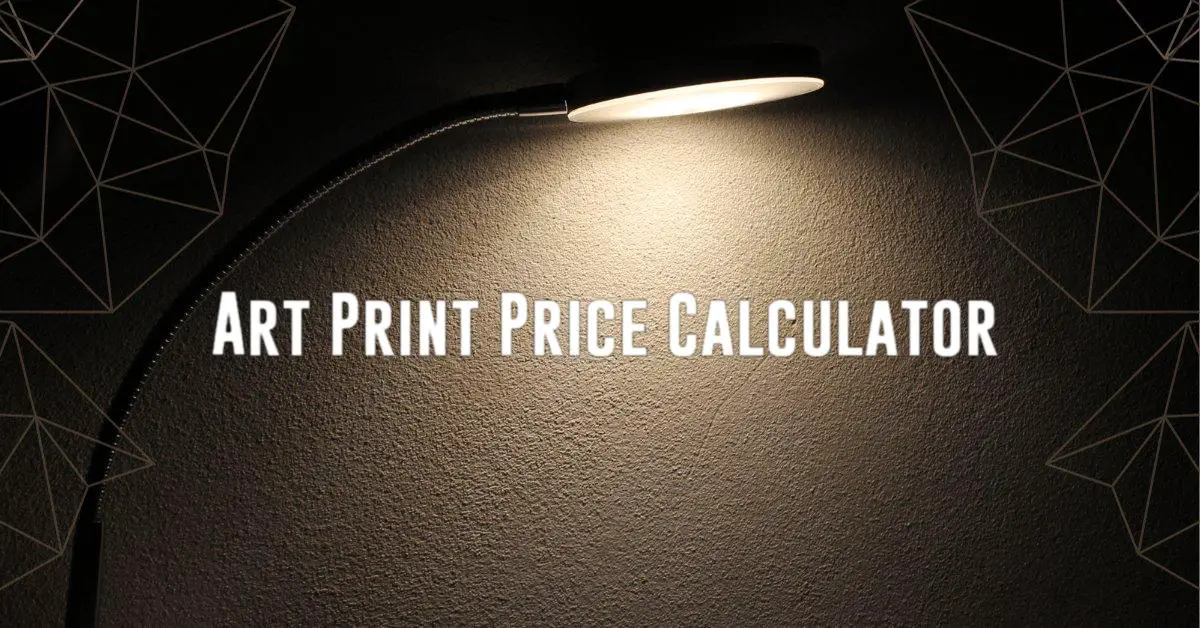Understanding 3D Printing Flow Rate
When it comes to 3D printing, one of the key factors that determines the quality of your print is the flow rate. Flow rate refers to the amount of filament that is extruded from the 3D printer nozzle in a given amount of time. It plays a crucial role in determining how well the layers of your print adhere to each other and how smooth the finished product looks.
How Flow Rate Affects Your Print
The flow rate in 3D printing is directly related to the speed at which the filament is extruded from the nozzle. If the flow rate is too high, you may end up with a print that has gaps between the layers or blobs of filament where they shouldn’t be. On the other hand, if the flow rate is too low, the layers may not adhere properly, leading to a weak and brittle print.
Getting the flow rate just right is essential for achieving high-quality prints with your 3D printer. This can be a bit tricky, as it depends on various factors such as the type of filament you are using, the temperature of the extruder, and the design of the print itself.

Calculating the Flow Rate
There are several methods for calculating the flow rate in 3D printing, but one of the most common ones is to use a flow rate calculator. This tool allows you to input various parameters such as the nozzle diameter, layer height, and print speed, and it will calculate the optimal flow rate for your print.
Flow rate calculators are available online for free, and they can be a great help in fine-tuning your 3D prints. By adjusting the flow rate based on the calculator’s recommendations, you can ensure that your prints turn out smooth, strong, and with no gaps or blobs.
Factors to Consider
When using a flow rate calculator, there are a few factors that you need to keep in mind to get accurate results. These include:
- Nozzle Diameter: The size of your printer’s nozzle will affect the flow rate, with larger nozzles allowing for higher flow rates.
- Layer Height: Thicker layers may require a higher flow rate to ensure proper adhesion.
- Print Speed: Faster print speeds typically require higher flow rates to keep up with the extrusion.
- Filament Type: Different types of filament may require different flow rates to achieve optimal results.
Optimizing Your Flow Rate
Once you have calculated the optimal flow rate for your print, it’s essential to test it out and make any necessary adjustments. Running a few test prints at different flow rates can help you determine the best setting for your specific setup.
Keep in mind that the flow rate may need to be tweaked for each new print or when changing filaments. By staying attentive to the flow rate and making adjustments as needed, you can ensure that your 3D prints consistently turn out high-quality and free of defects.
Conclusion
Flow rate is a crucial factor in 3D printing that directly impacts the quality of your prints. By using a flow rate calculator and considering factors such as nozzle diameter, layer height, print speed, and filament type, you can optimize your flow rate for each print and achieve the best possible results.
Take the time to fine-tune your flow rate and experiment with different settings to find what works best for your printer and materials. With a bit of patience and attention to detail, you can create flawless 3D prints that showcase your skills and creativity.






